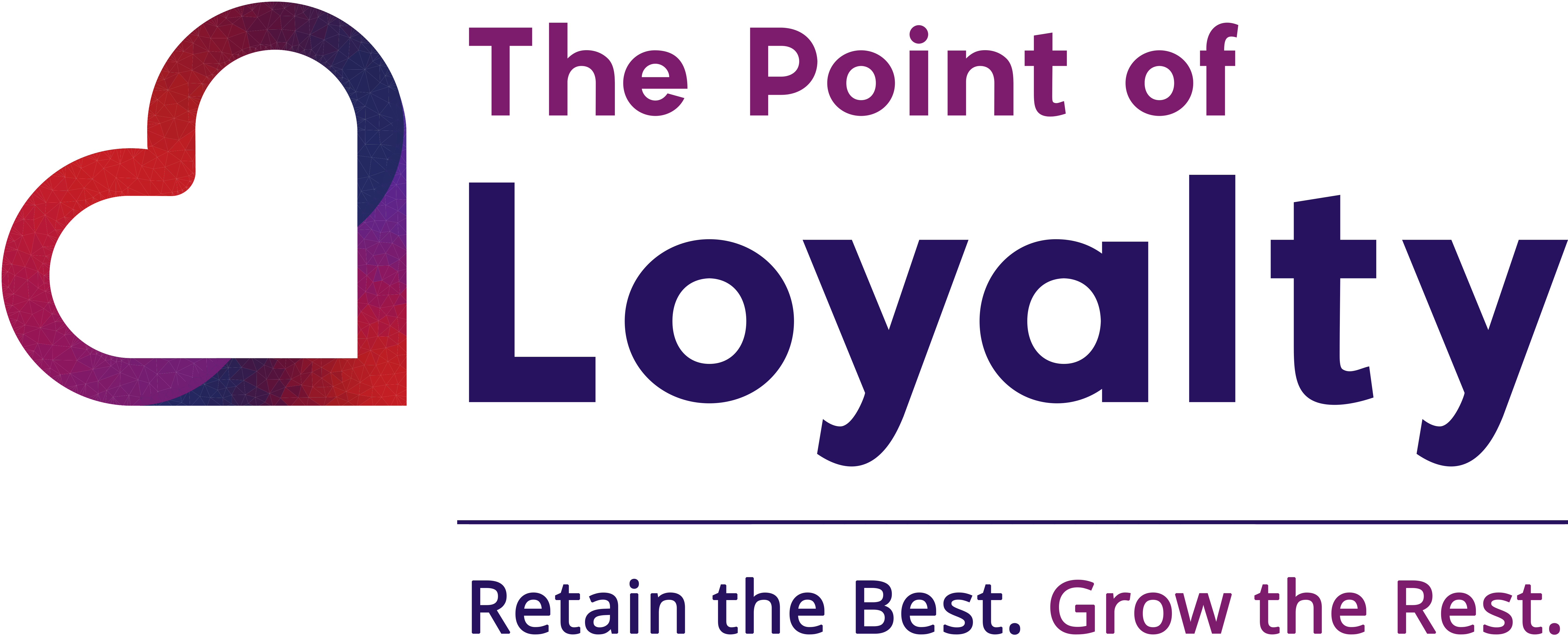Deliveroo’s new subscription program ‘Plus’ at $18.99 per month for unlimited free delivery, has ignited the subscription model as a growth strategy of choice.
“Within a few days of its soft launch of Plus, more than 20,000 have signed up to the subscription service.”
20,000 x $18.99 pm = $379,800 per month = $4.57 million+ pa.
Without attributing any other influencing factors on these numbers to move them up or down such as - new member growth, cancellations or cost of service, a top-line figure of $4.57 million+ p.a. is appetising!
This one example (there are many more across retail, entertainment, fitness, software, health and wellbeing, prepared meals etc) highlights why the subscription model is so appealing to business.
The benefit to business
Depending on the service offered and cost to serve, the benefits are:
- Revenue: Upfront and renewal revenue provide some predictive and sustained cash flow
- Reason to relate: Ongoing reason to communicate with subscribed members
- Retention cost: Retaining existing subscribed members tend to be at a lower cost than acquiring new members
- Referrals: New members generated from existing members who are enjoying the benefits
- Business intelligence incrementally improves: Member behaviour insights accrue based on activity and interaction with the benefits provided
While all these benefits are enticing, it’s important to avoid the trap of subscription “sleep money” (earning income while you sleep) as a subscription member base needs to be carefully nurtured to ensure longevity.
Incremental revenue (another benefit to business)
In the Deliveroo subscription, there are sure to be those that change behaviour to make an extra order that pushes them past the $18.99 subscription amount based on the thought…”Let’s order from Deliveroo so to take advantage of the subscription’s free delivery”.
I have researched this member behaviour in our For Love or Money 2017 study where 24% of members of loyalty programs make a purchase that they might ordinarily not have, to maintain or gain the benefits of the program. That’s the power of programs and no doubt even more for a paid subscription program.
The “I forgot about my subscription” factor
There is also a subscription ‘I forgot factor’ or quite simply, those that subscribe and then forget about it. They don’t take advantage of the benefits offered and therefore the cost to serve these members is zero or low. This adds to the profitability of the subscription program.
I don’t believe this will be a big factor in the Deliveroo program as there is high engagement with the ‘home delivery’ category.
Also, you don’t really want members to forget about their subscription as when they do remember, they will question the value gained which might lead to a higher propensity to cancel!
The benefit to members
The benefits of subscription programs to members depend on the value proposition offered. There must be a combination of financial, utility (make life easier) and where possible an enhanced sense of privilege and uniqueness.
In the Deliveroo case, I am sure they did the financials to show where past and predicted orders per month would give members the “no-brainer” financial benefit.
Four orders per month (at let’s say an average of $5 delivery fee per order) and you are ahead. (Deliveroo introduced dynamic pricing varying from $2.95 to $6.95 depending on the distance)
In all subscription programs, the value and utility (financial, time and energy) being offered for the exchange of the subscription fee must be greater and clearly visible.
No mental gymnastics required.
Three considerations for a subscription business to keep on the radar
1.Be brilliant at the basics
It’s important to remember that all things being equal, the experience with the core service, in Deliveroo’s case - the app ux, choice of food and service delivery, must be same or better than competitors. They must still be brilliant at delivering on their core promise. A subscription offering, no matter how compelling, will not cover up a poor core service delivery.
2. Subscription guilt
In For Love or Money 2019 (due out later this year), I am researching what I call ‘subscription guilt’, where members of subscriptions programs feel guilty for not taking advantage of the service and benefits offered. I am looking forward to quantifying this insight.
Have you ever felt guilty for not accessing a gym membership (or similar)?
My hypothesis is that as guilt kicks in, there are two outcomes – reinvigorate use of the services offered or cancel.
The opportunity for businesses with subscription models is to identify the signals of ‘guilt’ and reinforce reasons to members to engage with the subscription's benefits.
3. Subscription detox
As
subscription models gain momentum, with offers to pay for extended services - here,
there and everywhere, watch out for the subscription detox. Cancellations will gain
momentum, especially as members go through their credit card and see what they have
signed up for – on an ongoing basis!
I wish Deliveroo 'subscription success' and I look forward to avoiding the ‘guilt’ factor!
Have a happy loyalty day!

